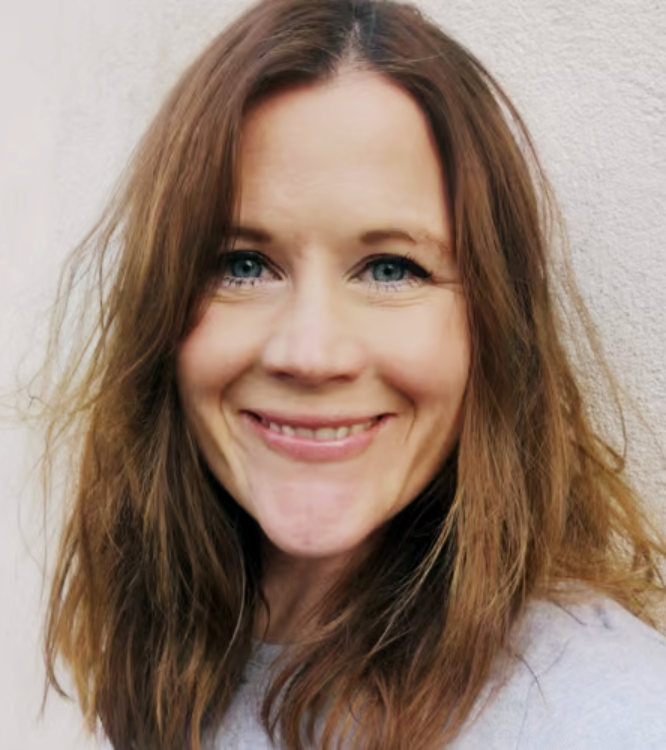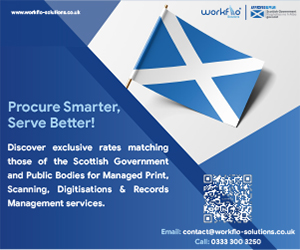Emma Bracegirdle on making great content for your organisation
In today's digital landscape, video has become essential for non-profit communication and engagement. The good news? You don't need expensive equipment or professional expertise. Your smartphone is all you need to create compelling content that connects with supporters, funders, and communities.
Why Video Works for Non-Profit Organisations
Video brings your organisation's story to life in ways written content simply cannot. It allows audiences to see your impact firsthand, creating authentic emotional connections that text alone cannot achieve. Videos provide clear evidence of your work, demonstrate your programmes in action, and can be repurposed across multiple platforms—from websites to social media, newsletters, and grant applications.
TOP TIP: Document the "before" stage of any project or initiative. Whether you're showcasing programme development, facility improvements, or community changes, capturing the current situation creates compelling storytelling opportunities and sets up powerful "before and after" content.
Creating Effective Non-Profit Videos in Four Steps
Step 1: Understand Your Audience
Before filming, consider what your audience wants to see: clear impact showing how your work makes a difference; authentic stories demonstrating real need and change; transparency showing how your organisation operates; and community connection showcasing who you serve and support. Tailor your content to highlight your mission while emphasising beneficiary voices and experiences.
TOP TIP: Review your organisation's key messages and values before planning. Look for themes you can visually address to reinforce your brand and mission. Don’t be scared to pick up the phone and have a chat with current supporters to see what resonates with them about your organisation.
Watch this film by my kind book cic that is community focused.
Step 2: Plan Your Content
Decide what footage best tells your story: beneficiary voices through brief interviews; behind-the-scenes showing your current work and programmes; day-in-the-life following service users or staff; project progression documenting developments over time; and expert insights from team members about programme benefits and outcomes.
Balance emotional and informative content. A video showing clients engaging with your services creates connection, while footage explaining your approach demonstrates professionalism and expertise.
Watch this ‘day in the life’ style film from child brain injury trust
Step 3: Create Quality Content with Your Phone
Technical Setup:
- Record at highest quality (4K or 1080p HD minimum)
- Film in landscape mode for most applications or portrait for reels/tiktok.
- Clean your lens beforehand
- Use airplane mode to avoid interruptions
Lighting & Audio:
- Use natural light whenever possible
- Avoid harsh overhead lighting
- Stay out of noisy areas—poor audio ruins great footage
- Get close to subjects for better sound
- Consider an inexpensive external microphone (under £20)
Filming Techniques:
- Avoid cluttered backgrounds
- Hold steady or use a simple phone tripod (under £15)
- Frame subjects slightly off-centre
- Film at eye level with your subjects
- Move closer rather than using digital zoom
Interview Tips:
- Keep conversations natural and relaxed
- Use open questions: "How has this programme helped you?" not "Do you like this programme?"
- Listen carefully and ask follow-up questions
- Ask interviewees to include the question in their answer for context
Ethical Considerations
Maintain high standards when filming. Obtain proper consent from everyone appearing on camera. Involve beneficiaries and staff in planning what to film. Be transparent about how and where videos will be used. Share final videos with participants before publishing, and be mindful of any safeguarding concerns in your community.
Find out more about ethical filmmaking here
Putting It All Together
Keep videos concise—2-3 minutes works well for most applications. Add subtitles for accessibility. Think about repurposing footage for multiple uses across different platforms and communications.
Create follow-up content showing programme developments and impact over time. This demonstrates accountability and keeps supporters engaged with your ongoing work.
Start Your Story Today
Video showcases your organisation's unique character and impact like nothing else can. Your smartphone and these simple guidelines are all you need to start creating compelling content that resonates with your audience.
Ready to get started? Download The Saltways free PDF packed with filming tips and examples, and join our mailing list to discover upcoming training events and resources for the third sector.
The Community Studio teaches nonprofits how to create compelling video content using just their phones. Complete training system plus 12 months of ongoing support. Perfect for charities who want to share their stories authentically without big budgets. Enrollment closes on October 8th. 15% discount with code 15OFF. Enroll at https://go.thesaltways.com/join
Emma Bracegirdle is founder at The Saltways, specialists in ethical and effective films for non-profits and third sector organisations.







